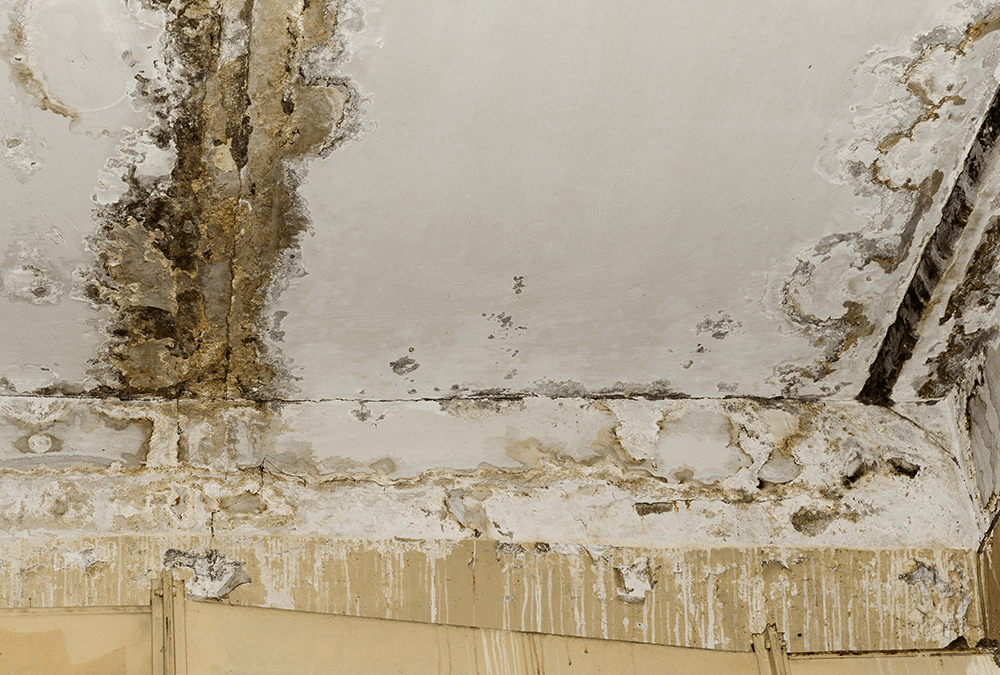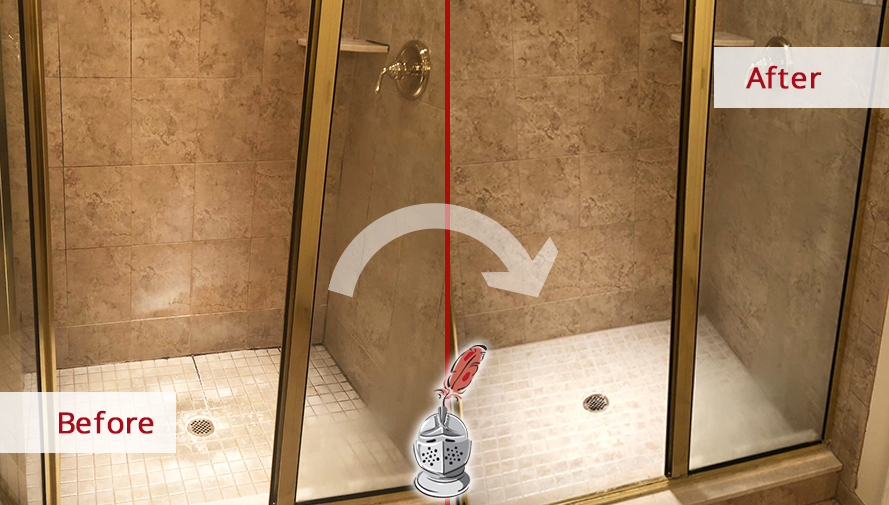How to Repair and also Stop Bathroom Water Damage
How to Repair and also Stop Bathroom Water Damage
Blog Article
Are you hunting for advise around Preventing Water Damage in the Bathroom?

The restroom is very prone for damp build-up as well as prospective water damage because of the regular use of water in it. This post offers simple examination strategies to aid identifying water damages threats.
The constant use water in the shower room makes it very prone for damp build-up as well as possible water damages. By checking it on a regular basis, you can minimize water associated damages.
The following collection of assessments is simple to carry out as well as ought to be done once in every 3 months in order to keep your bathroom in good shape and also to avoid prospective water damages caused by the bath tub, the shower, pipeline joints as well as plumbing, sinks, cabinets, and also the commode
Do not disregard carrying out these examinations as well as be extensive while performing them. Remember that these basic evaluations can conserve you a lot of money by giving very early indications for water damages
Sinks as well as Cabinets
Sinks as well as cupboards are exposed to dampness as well as humidity day-to-day as well as are frequently overlooked. Evaluate frequently under the sink and on the kitchen counter above it. Fix any kind of drip in the catch as it may recommend drain problems. Check out the sink, sluggish draining pipelines may indicate a blocked drain. Replace sink seals if they are cracked or loosened.
Bathtub and also Shower
The shower as well as bath tub need unique interest and also maintenance. Examine the ceramic tiles and change if fractured. Ensure that there is no missing grout in between the ceramic tiles. Evaluate and change cracked caulking at joints where the wall surfaces satisfy the flooring or the bathtub. Obstructed drains and also pipes issues will avoid the bath tub from drying as well as may suggest significant problems under the tub. Seek advice from an expert quickly to prevent architectural damages. Take note of stainings or soft areas around the tub wall surfaces as they might suggest an inner leak.
Plumbing
Signs for water damages are tough to detect because a lot of pipelines are installed inside the walls.
Pay unique focus to flooring as well as wall surfaces moisture as well as stains as they might show an invisible plumbing problem. Inspect dampness degrees in adjoining rooms also.
The Commode
The commode is a vulnerable water junction. Inspect the water lines as well as look for leaks around the toilet seat, in the pipe, and under the water tank. If you discover any type of indications of dampness on the floor around the toilet, check for leakages in the toilet edge and storage tank seals.
Be aware that hanging toilet bowl deodorants enhances the possibilities for obstructions.
How to Prevent Water Damage in Your Bathroom?
Water damage repair is an expensive, meticulous, and lengthy process. Unfortunately, bathrooms are the most susceptible rooms to water damage due to toilets, showers, and sinks. Pipes and fixtures wear out over time and are not immune to damage. But all is not lost, as there are ways to prevent water damage from occurring in your bathroom.
Check Your Plumbing
Nothing lasts forever, especially pipes, which can rust and begin leaking over time. You should periodically conduct pipe inspections and pay attention for any musty smells or water stains that may indicate you need water damage repair. Here are some things to check:
Frequently test valves for your toilet, shower, and sink to ensure they are properly working. Check faucet supply lines hidden under vanities and replace when needed. Replace cracked or deteriorating caulking along sinks, tubs, and showers. If you notice a clog in your sink, call in a professional. Since you can’t check the pipes in the wall, keep an eye out for stains, drywall bubbling, musty smells, and excess moisture; if the bathroom is on a second level, check the ceiling of the room directly below for these signs. Don’t Overwork Your Toilet
One of the most common reasons bathrooms need water damage repair is due to overflowing toilets. Save yourself the hassle of cleanup by being mindful and not pushing your toilet to extreme limits. If you have young children, it is especially important to keep an eye on them when they are in the bathroom and to teach them how to avoid clogging the toilet. Here are some more tips to help prevent your toilet from overflowing:
If you have a septic tank, only use septic-safe toilet paper Do not flush anything down the toilet besides toilet paper; items like diapers and sanitary napkins will clog the piping Pay attention to your toilet’s water level: If it’s low, it could mean it is partially clogged or that there is a crack in the toilet bowl Maintain Your Shower/Tub
Replace showers or tubs with cracks or other damage; even hairline cracks can allow water to seep in and cause damage. Grout and caulk help prevent water from seeping into walls and floors, so repair them if they are chipped, cracked, or deteriorating. Replace torn shower curtains or shower doors with seals that no longer work. Dry the floor and drain water from the tub immediately after use to prevent damage from sitting water. https://www.alure.com/home-improvements-blog/resources/how-to-prevent-water-damage-in-your-bathroom

I ran across that piece about Looking for Signs of Water Damage in the Bathroom when doing a lookup on the search engines. Loved our blog entry? Please share it. Let others check it out. Kudos for your time. Visit us again soon.
Course Detail Report this page